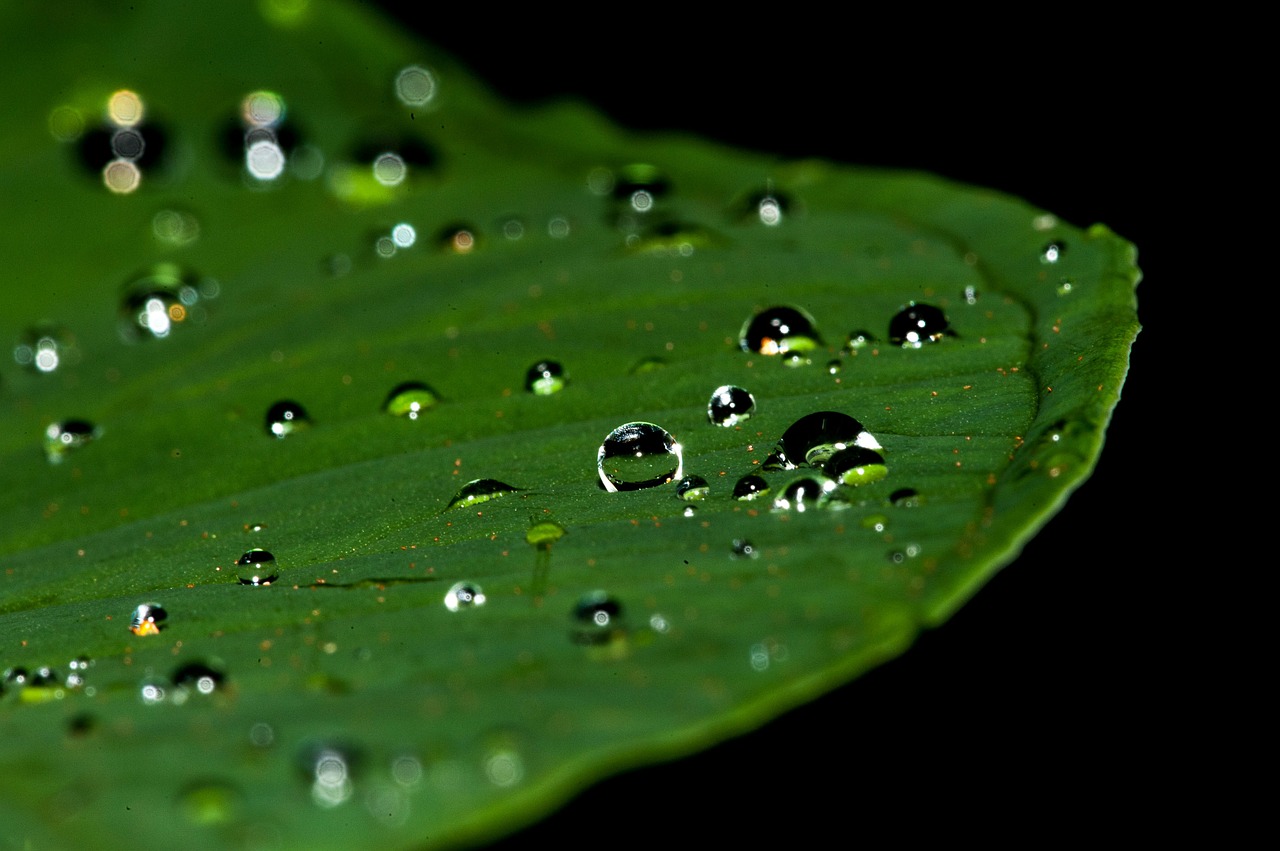
What’s that? You don’t have a hygrometer for your indoor gardening? Although this tool can help you keep track of indoor humidity levels, you can actually find out a lot about how much moisture is in your air by paying attention to your plants. We’ve got you covered with exactly what you need to know about indoor humidity.
Humidity tends to change with the season
You’re aware that humidity levels fluctuate outside. But humidity levels also change with the season indoors. That’s partially because the air inside is much the same as the air outside. However, it is also the result of climate control in and around your grow room. For instance, if you run forced air heating, then hot, dry air is circulating through your home or other growing building, and that means the overall humidity level is going to go down. This is in addition to the fact that winter months tend to already be drier.
Low humidity harms plants
If your house is especially dry, it can be difficult to grow healthy plants. Although gauges are available to measure humidity levels in your home, you will know that you have a problem with low humidity if your plants display any of the following signs:
- The leaf tips are turning brown;
- The plants look dry, withered, or puckered, as if folding in;
- Plants are losing their leaves;
- Your hygrometer is reading lower than the suggested level for your types of plants.
If you see any of these signs, you need to take action right away to keep your plants properly hydrated. Otherwise, you risk your flowering plants failing to bloom.
How to increase humidity levels
Fortunately, there are plenty of easy ways to increase the indoor humidity in your grow room or in your house in general.
- Use a spray bottle filled with water to mist the plants daily;
- Place a container of water in your growing area (one with a wide evaporative surface, like a shallow tray, is preferable); you can add lava rocks to the tray or container to increase evaporation;
- Space your plants closer together rather than further apart; this helps them to create a moisture-trapping environment and reduce evaporation from the leaf surface so that the area around the plants has a higher humidity relative to the rest of the house;
- Run a humidifier in your house or directly in the grow room; this machine releases water vapor into the air;
Additionally, you may want to consider a growing medium that retains more water if low humidity is a problem in your home. In fact, water itself can be used as the growing medium.
But don’t get carried away
Whoa there! Keep in mind that you can over-hydrate your plants too. Overwatering is less likely in hydroponic setups because most growing media in containers dries out quicker than soil. But your plants will require more or less water depending on the humidity levels. If the wilting is starting at the stems rather than the leaf tips, then your plant is receiving too much hydration. Too much moisture can lead to mold, mildew, and rot.
Shoot us your questions about humidity solutions on the Indoor Cultivator Facebook page.
